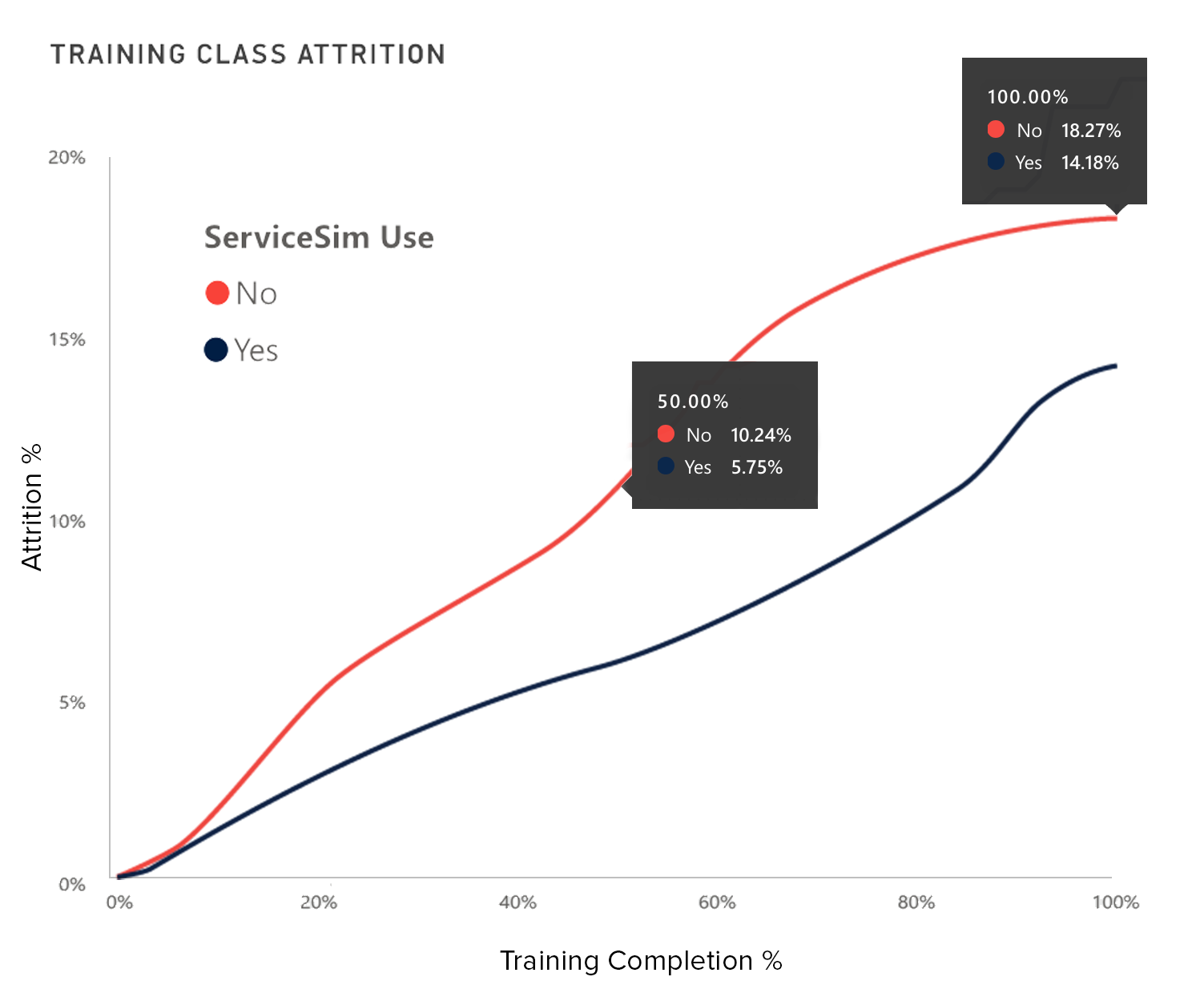Quality Assurance (QA) and Customer Satisfaction (CSAT) scores are almost always at the top of a contact center’s “most important” measurements list for CX success.
Both metrics are designed to improve the caliber of customer interactions. But it’s no secret that in most contact centers, these metrics seem to fluctuate wildly and independently from each other, eventually turning into a kind of metrics whack-a-mole—you fix one only to find that the other now needs attention.
“An agent can follow every company policy and still provide a terrible experience. Conversely, an agent might provide a great customer experience but break all the rules while doing so.”
But shouldn’t QA and CSAT scores be closely tied together? Shouldn’t higher QA scores result in happier customers? And wouldn’t you assume that an agent who delighted a customer would get a high-quality score for handling the call properly?
Well, that’s not usually the case. And here’s why.
Typically, a contact center’s QA score reflects the extent to which the agent followed the company’s call handling policies. This might involve greeting the customer properly, reading any required compliance language, and adhering to the rules the company has laid out for agents to follow. On the other hand, CSAT scores reflect how happy a customer is with the service they’ve received.
The problem, then, is that an agent can follow all the company policies and still provide a terrible experience. Conversely, an agent might provide a great customer experience but break all the rules while doing so.
Further complicating the utility of QA and CSAT scores is that they’re both a reflection of just a small sample size of calls. Most contact centers don’t audit every call for quality and anyone who has looked at results from CSAT surveys knows the customers who choose to leave feedback tend to be the customers who had the worst experience.
Some contact centers have turned to Natural Language Processing (NLP) to solve the issue of sample size. The rationale is that if you’re able to transcribe every call automatically, you can audit more systematically, uncover quality issues more easily, and perhaps even discern the caller’s mood based on language and tone.
But even with recent significant advancements in NLP, it isn’t easy to accurately ascertain call quality and customer satisfaction at scale simply by transcribing what was said.
So, how can you use CSAT and QA scores together to result in tangible, meaningful, and lasting improvement for the customer experience?
The industry strategy for improving both metrics simultaneously has been to focus on these three areas:
- Motivation
- Improving retention of information
- Improving your agents’ soft skills
And while these areas are the right areas to focus on, there is an easier and more effective approach to fixing them.
Motivation
THE OLD WAY
Gamification…
THE NEW WAY
Give your agents the correct tools, not just the latest tools on the market, that will genuinely make their jobs easier and more enjoyable.
Improving retention of information
THE OLD WAY
Helping agents memorize more information with on-demand learning modules and in-depth knowledge bases.
THE NEW WAY
Set a clear, standard process for how each call scenario should be handled. Adopt tools that give agents next-best-action guidance that supports those standard processes, so every call is handled correctly and QA scores improve. Ensure these tools don’t require your agents to memorize information or go searching through extensive knowledge bases where they will be required to search, read, and interrupt the information to resolve the call.
Further Reading: Why You Need to Finally Kill your Knowledge Base
This guidance helps agents complete proper call openings and closings, effectively authenticate customers, read any compulsory compliance language, and ultimately achieve a high QA score.
Improving your agents’ soft skills
THE OLD WAY
Empathy coaching…
THE NEW WAY
Make sure guidance tools are used on every call so you can get a more accurate picture of what’s going on in your contact center. You can then uncover quality issues you might have otherwise missed with sporadic fly-bys and call audits.
Once you remove the stress of agents needing to search for the answers, they will have more bandwidth to focus on soft skills like empathy.
When those tools are in place, you can establish a baseline for how long a call that meets QA standards should take. This might be longer than you’d like, but it is a starting point and ensures your agents are achieving the requisite QA scores.
After all, a good call isn’t necessarily the fastest call; it’s the call that resolves the customer’s issue while adhering to company policy.
Once that baseline is established, you can then focus on the tools, training, and processes that help improve CSAT scores by reducing the time required for your previously established baseline call.
The result is consistently improved CSAT scores without ever sacrificing quality.

